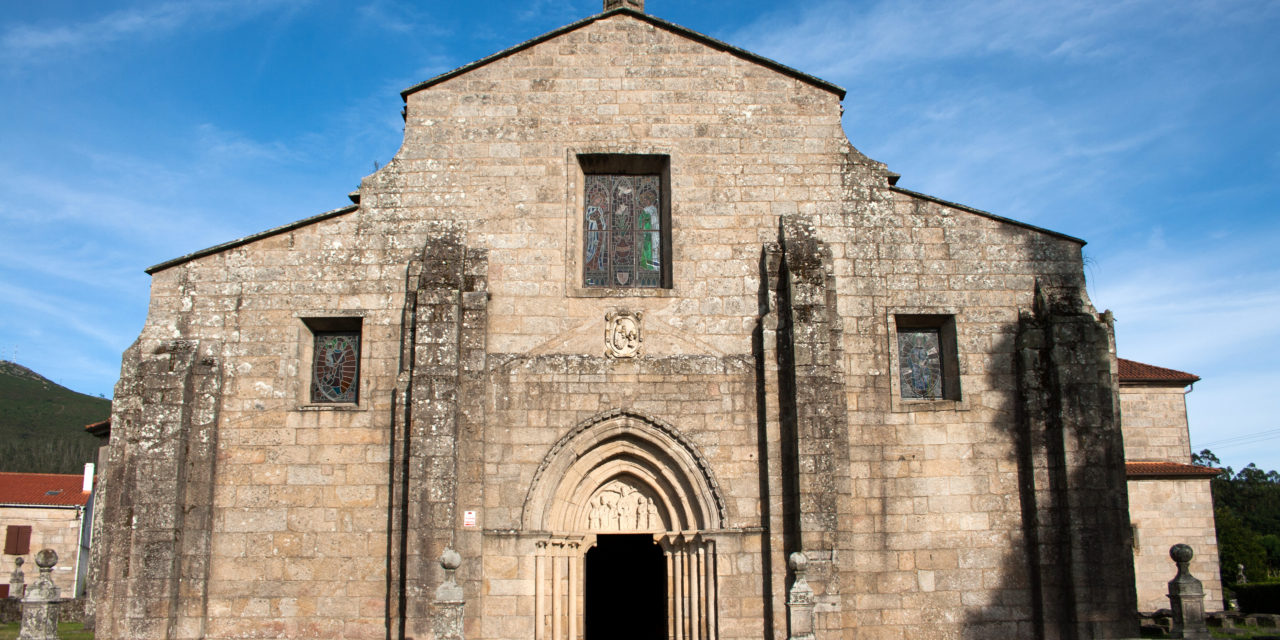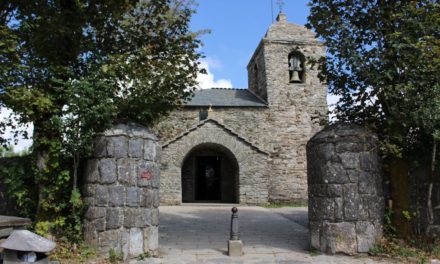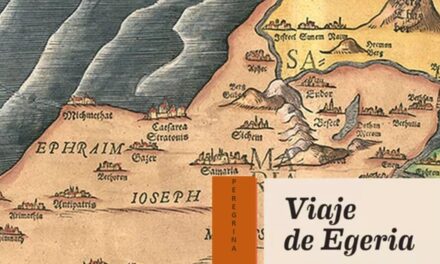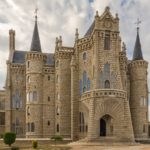The town and river bank of Iria Flavia was, according to tradition, the landing place of the boat that carried the body of the Apostle from the port of Haifa (Palestine). Iria Flavia is thus linked to the origin of the legend of Santiago: to the Traslatio de Santiago, as the place of arrival of the maritime transfer of the body of Santiago and the starting point of its overland transfer to Compostela.
Iria Flavia today is very far from its role as a landing spot that it had in the past. Now it has become a village and parish belonging to the municipality of Padrón, which is just over a kilometre away and which in recent centuries has grown and become the most important Jacobean centre in the area.
The strategic position of Iria Flavia in times of the Roman Empire was due to its location at the confluence of the Sar and Ulla rivers, which gave it great potential as a river port and was responsible for its creation and development. We know that its importance as a commercial centre dates from the 1st century AD. We also know that it acquired the title of “Flavia” in the time of the Emperor Vespasian.
As we have pointed out, Iria Flavia was an important port during the time of the Roman Empire, but it was also important during the Middle Ages, when it was also the head of a suffragan Episcopal See of the Archdiocese of Braga. Finally, in the time of Diego Gelmírez, the episcopal see was transferred to Santiago de Compostela, but Iria Flavia still maintained its importance, although its church of Santa María then went on to hold the rank of collegiate church.
The Collegiate Church of Santa María de Iria Flavia is still preserved, constituting a privileged witness to the town’s former importance, together with the buildings and basilicas that preceded it.
The first basilica would have been of Swabian origin and, according to tradition, it was destroyed by Almanzor in 997, when his famous incursion into the city of Santiago took place. Later, other Romanesque and Gothic buildings were put up. The one that still exists is a consequence above all of the works carried out at the beginning of the 18th century. In the present building, the interesting Gothic doorway is outstanding, with a beautiful relief of the Virgin with the Child and the Magi, an iconography very present in the Compostela context of the time.
In front of the basilica, the old houses of the canons are also preserved, used in recent decades as the headquarters of the Camilo José Cela Foundation, a foundation dedicated to the Galician writer Nobel Prize in Literature in 1989.
Over the centuries, the municipality of Padrón and its capital have grown, while Iria Flavia has seen its role diminished, but the two towns remain and will remain united, linked as they are to the arrival of the relics of Santiago to Galician lands and to the origin of the legend and Jacobean traditions. Therefore, beyond those who walk the Portuguese Way, we encourage all pilgrims who come to Santiago to travel and visit these places so closely linked to the pilgrimage to Compostela.
Photo: We have taken this image of the Commons Wikipedia project, its author is Iago Pillado.











